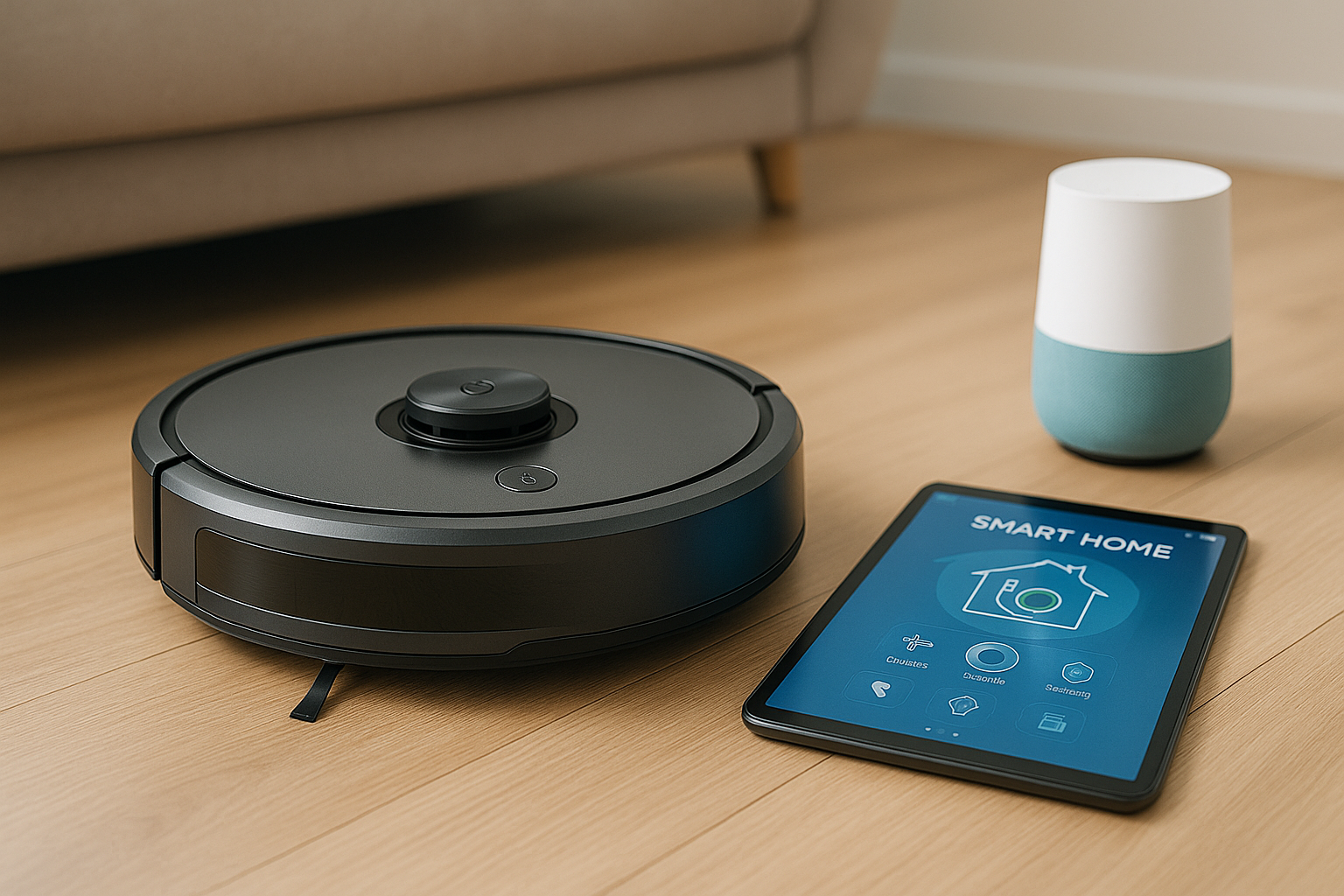The concept of a smart home is no longer limited to lighting or thermostats. Increasingly, cleaning devices are part of this ecosystem. Partnerships between vacuum cleaner manufacturers and smart home companies such as Google Nest and Amazon Alexa allow seamless integration, enabling users to control Cordless Vacuum Cleaner models through voice commands or mobile apps.
According to the Consumer Technology Association, over 60% of U.S. households are expected to own at least one smart home device by 2027. This growth creates immense opportunities for vacuum cleaner makers to expand functionality and relevance through connected ecosystems.
For distributors and end users, the integration of cordless handheld vacuums into smart platforms improves convenience, boosts brand loyalty, and increases perceived value.
Beyond convenience, vacuum cleaners are also entering the health tech arena. Indoor air quality is a growing concern, especially in urban households and healthcare facilities. By partnering with health technology firms, vacuum cleaner makers can incorporate advanced air filtration, allergen tracking, and real-time monitoring features.
For instance, collaborations with medical device companies could allow Li-ion Cordless Handheld Vacuum Cleaner units to monitor particulate matter and sync with health apps. Hospitals and nursing homes are particularly interested in devices that double as cleaning and air-quality management systems.
The World Health Organization highlights that indoor air pollution contributes to millions of premature deaths annually. Partnerships that combine cleaning with air monitoring position vacuum cleaner makers not just as appliance providers, but as contributors to healthier living environments.
Traditional value chains in the vacuum cleaner industry focused on manufacturing, distribution, and after-sales service. Partnerships with smart home and health tech firms expand this chain into digital services, predictive maintenance, and even subscription-based models.
For example, the 4 in 1 Cordless Smart Wet & Dry Vacuum Cleaner could integrate with home health dashboards, offering users both cleaning efficiency and health data insights. Meanwhile, predictive maintenance powered by IoT helps reduce unnecessary repairs, a feature distributors welcome given the high cost of warranty claims.
Research from Deloitte shows that cross-industry collaborations can boost revenue streams by up to 30% while lowering customer churn. For vacuum cleaner makers, this means that collaboration is not just optional—it is a necessity for staying competitive.
Consumers increasingly expect multifunctional, sustainable, and health-oriented appliances. To meet this demand, manufacturers are rolling out advanced designs that integrate a High Suction Portable unit that is also Quiet and Self-Cleaning, while remaining Multi-Functional, Durable, Fast, Lightweight, Energy-Saving, Efficient, and Powerful, and ultimately providing the long-lasting performance of a Large-Capacity Wet Dry Vacuum Cleaner.
Such models resonate with both residential and commercial buyers, especially when backed by smart monitoring and health tech features. They also create loyalty by offering continuous updates and app-based functionalities rather than one-time hardware purchases.
Partnerships between vacuum cleaner makers and smart home or health tech firms represent the future of value chains. By moving beyond traditional manufacturing and embracing connected ecosystems, manufacturers can expand into digital services, improve health outcomes, and build stronger customer relationships.
Future-ready solutions such as Wet Dry Vacuum Cleaners, Car Vacuum Cleaner units, and quiet vacuum cleaner models designed with integrated smart and health features will dominate the market. These collaborations will not only drive revenue but also redefine the role of vacuum cleaners in modern living.
For more insights into innovation-driven value chains, visit www.lxvacuum.com.

















